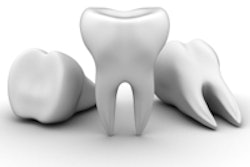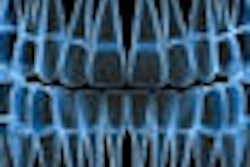A dentist in Takasaki, Japan, has developed a new computerized system designed to speed up forensic identification of crime and accident victims through dental records, according to a story in the Daily Yomiuri.
The system stores digital radiographs of teeth in a database for comparison with dental images from unidentified bodies for identification. If the system is adopted, the process of identifying bodies would become significantly more efficient, according to Eiko Kosuge, D.D.S., dentist, radiologist, and lecturer at Kanagawa Dental College in Japan.
"Families waiting to hear news regarding loved ones experience trauma while waiting for the identification process to resolve," Dr. Kosuge stated in a press release. "With this new system, we can drastically cut the time and improve the accuracy of this process to help alleviate some of the emotional stress that occurs in the case of a mass disaster."
Currently, all cases of dental identification in the wake of a mass disaster have to be handled one by one by forensic experts. After a mass disaster such as an earthquake, tsunami, plane crash, or act of terrorism, forensic experts must compare each victim's records with scores of dental records to try to make a proper identification. This can be very time-consuming, taking weeks or months, and mistakes do occur.
In addition, because dental radiographs are taken from various angles and often have distortion, it can be challenging to compare the before and after images automatically. Dr. Kosuge worked with an information technology expert at Tokoku University to develop a system that uses phase-only correlation to automatically align and register images, measure their similarity, correct distortion, and calculate a matching score.
According to Dr. Kosuge, the system can reduce the amount of work required for identification by up to 95% and produce matches at an average rate of less than four seconds each.
The Japan Dental Association is making preparations to use the system on a trial basis and expects to put it into practical use in collaboration with the Japanese Society of Forensic Dental Science and other organizations, the paper reported.
Copyright © 2010 DrBicuspid.com



















